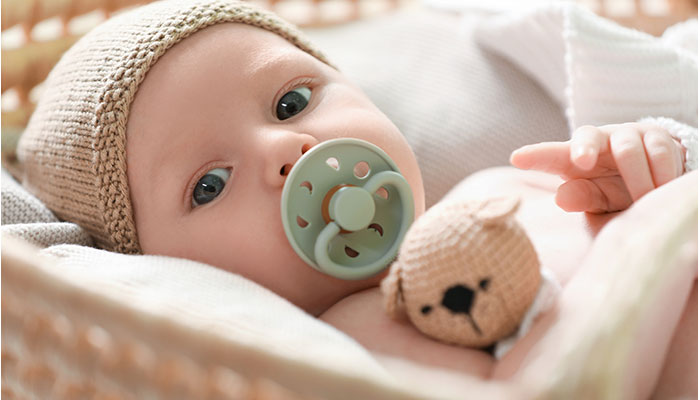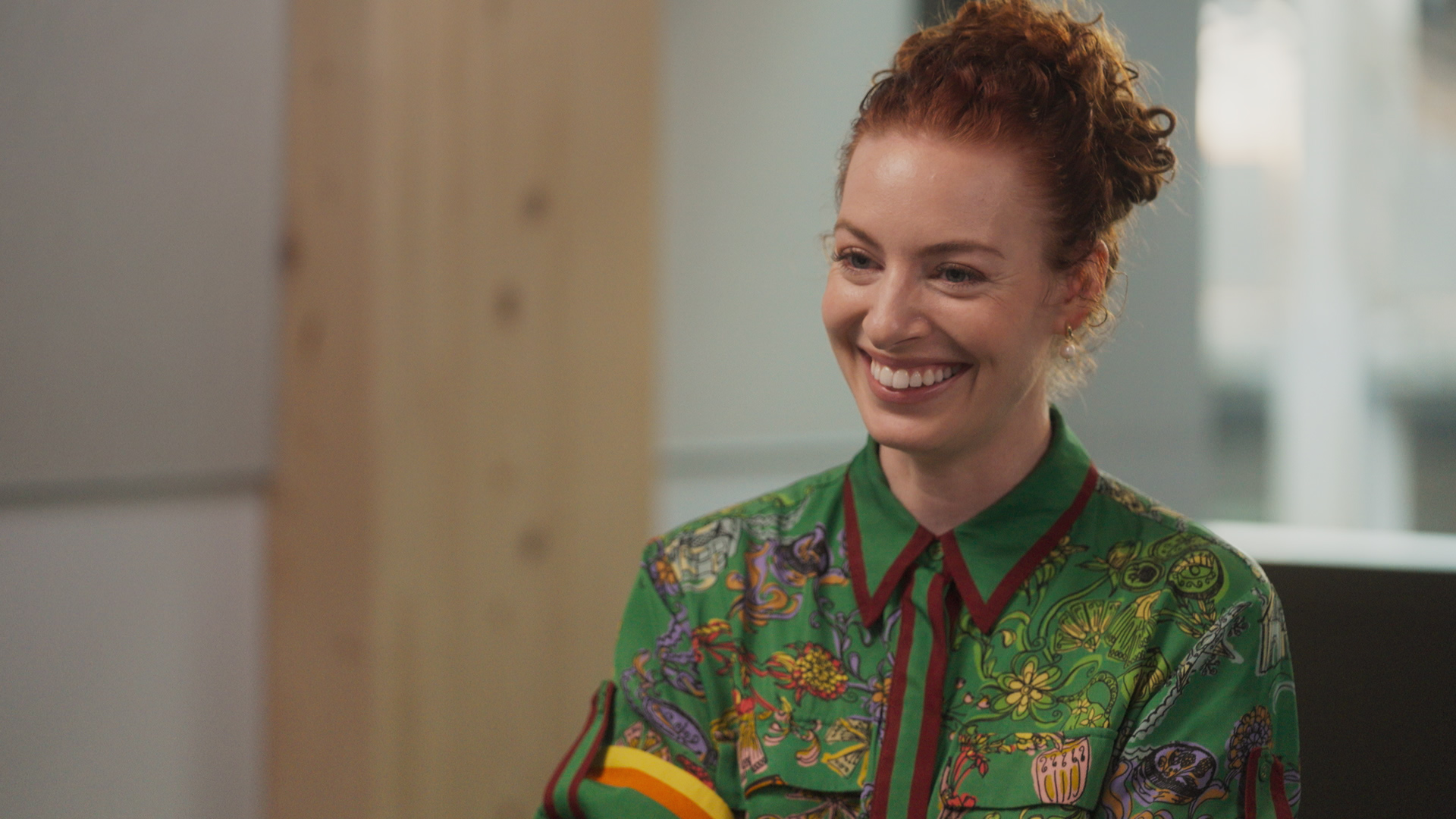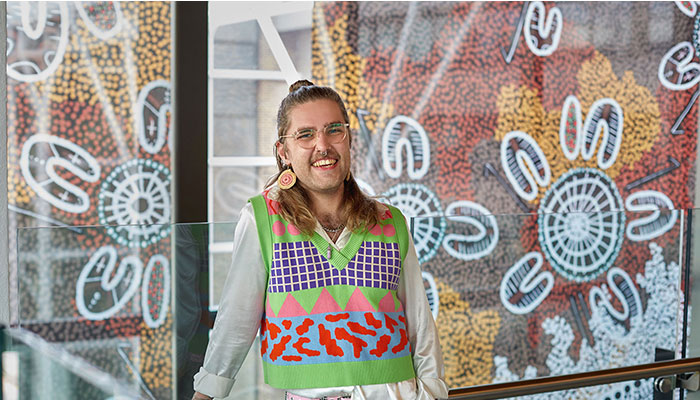The use of 'add-ons' is hotly debated but they are widely used in Australia, with 82 per cent of women attempting IVF who took part in a study published in the Journal of Human Reproduction reporting they had used at least one while attempting IVF. They are by definition clinically inessential and not part of standard IVF care.

Patients themselves are a major driver of demand for these interventions, says Macquarie University Professor of Bioethics Wendy Lipworth.
Professor Lipworth led and co-authored a recently published study examining attitudes of 31 professionals working in ART from Australia and New Zealand.
“Add-ons, by definition, are interventions that haven't gone through that process of evidence generation but are still being offered to patients. So that's what makes them controversial,’’ says Professor Lipworth, who is also co-director of Macquarie University’s Ethics and Agency Research Centre.
They include endometrial scratching, where the lining of the womb is ‘scratched’ to make it more receptive to an embryo implanting. Studies on its benefit to people trying to conceive have been conflicting.
Patients who are seeking IVF are generally young, relatively healthy, often well educated, and they immerse themselves in a lot of information. They ask doctors for these things and I think it can be very difficult to say no.
Preimplantation genetic testing for certain chromosome abnormalities is another add-on which may reduce the chances of miscarriage, but not necessarily increase the chance of pregnancy.
Some 'add-ons' may have no more benefit than complementary or alternative therapies, but their use is justified because they do ‘no harm’, says Professor Lipworth.
Patients incur costs for most add-ons, which have a median price of $400, but can cost as much as $3700.
Do no harm
The 31 ART professionals interviewed for the study, published in Reproductive BioMedicine Online, uniformly shared the view that interventions known to be harmful should not be offered.
However, Professor Lipworth said there was a wide variety of motivations for giving 'add-ons' to patients, including the justification that, “as long as there's no harm to the patients and if they want it, then we should give it to them and there's nothing wrong with doing that.”
“That surprised me because that sounded a lot like you would expect someone working in complementary medicine to think, but not in conventional medicine where generally you want treatments to not only be safe but also to be effective,” Professor Lipworth says.
Professor Lipworth acknowledged that ART was a sensitive area of medicine, and that there was an ethical argument that doctors were merely respecting patients’ wishes.
“Patients who are seeking IVF are generally young, relatively healthy, often well educated, and they immerse themselves in a lot of information. They come to doctors asking for these things and I think it can be very difficult to say no.”
There was a view expressed in the study that 'add-ons' could help keep people motivated to continue with “emotionally fraught” IVF cycles.
“Instead of repeating what seems to be a doomed process, it can keep hope alive - but whether that's a good thing to do or not is questionable,” says Professor Lipworth.
Patients’ desire to avoid regret, and doctors’ sympathy with that feeling, was also identified in the study as a reason to give 'add-ons': “...patients want to avoid the regret that might follow from failing to do everything possible to secure a pregnancy,’’ the study authors noted.

Professor Lipworth said the systematic and widespread offering of 'add-ons' has happened in a context of the privatisation and commercialisation of ART in Australia.
“The more cynical view is that in some settings, there might be commercial drivers behind this, and 'add-ons' might be a marketing tool, to differentiate one doctor from another.”
Balancing evidence with consumer demand
Having examined the varied reasons by ART professionals for giving 'add-ons', Professor Lipworth would like to see more transparency from doctors about the evidence, or lack of, for efficacy.
If 'add-ons' are genuinely being offered to promote clinical innovation and experimentation, there should at least be rigour around data collection, which is currently not occurring.
And there may be a need for regulation governing advertising of 'add-on' treatments, as once they are on a clinic’s website, patients will ask for them.
Professor Lipworth said the study was important in clarifying the reasons behind the use of added interventions. The aim was not to strangle the ART industry or stifle consumer choice, but ultimately to ensure patients were paying for evidence-based treatment.
Professor Lipworth said that it was important to strike the right balance between consumer demand, patient ethics and industry practice.
"It's about how to work through those tensions."
Wendy Lipworth is a Professor of Bioethics in the Department of Philosophy, Macquarie University.



